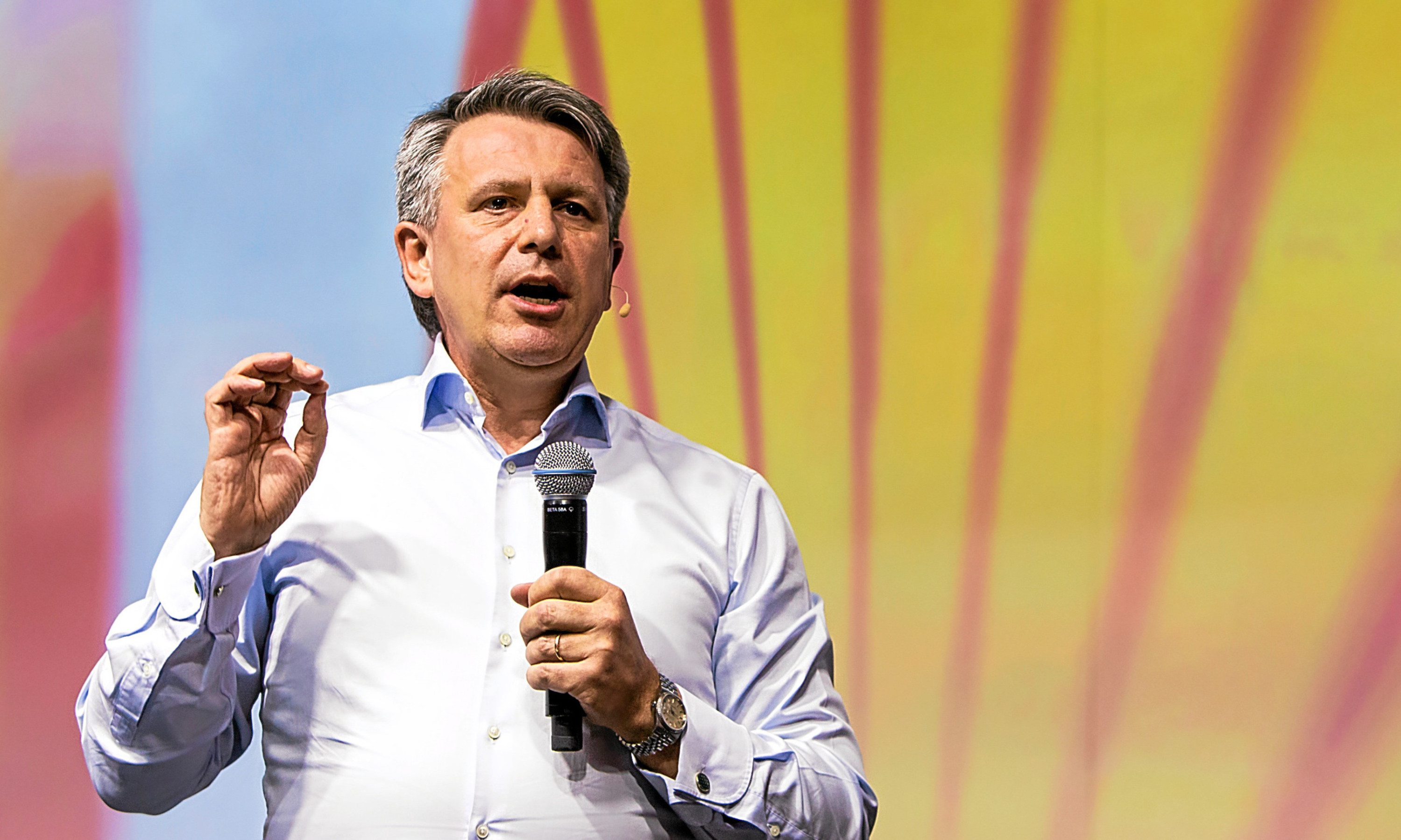The chief executive of Shell has moved to future proof the oil giant after revealing a major “re-shaping” of its global operations.
The business will dramatically scale-down its investment over the next four years, pull-out of up to 10 countries and look for more cost savings as it looks to simplify its operations amid what it fears will be a long-term lower oil price environment.
The group said it intended slashing spending by 35% to between £17.3 billion and £20.8bn in the period to 2020 – a 35% reduction on its capital expenditure in 2014 before the oil price crisis hit.
The company is also planning £3.1bn of efficiency savings following completion of its £35bn mega-merger with BG. That figure has increased from an initial target of £2.4bn.
More than 10,000 job losses across the business have previously been announced and that figure will now likely rise.
Chief executive Ben van Beurden said the “transformation of Shell” would deliver a “simpler company, with fundamentally advantaged positions and fundamentally lower capital intensity.”
The company will increase the speed of non-core asset sales with up to 10% of its global oil and gas production portfolio – a package with an estimated total value of around £20bn – to be sold off by 2018.
Despite the major structural changes, Mr van Beurden said he still saw growth opportunities for Shell.
“We expect to see robust demand for oil and gas for decades to come, in a global energy system in a long-term transition to lower carbon fuels,” he said.
“As well as low oil prices today, we are seeing higher levels of price volatility, due to geopolitical change, the speed of information flows, and the pace of innovation in our sector.
“By capping our capital spending in the period to 2020, investing in compelling projects, driving down costs and selling non-core positions, we can reshape Shell into a more focussed and more resilient company, with better returns and growing free cash flow per share.”
Following its restructure, Shell said it will be in a better position financially at a prevailing oil price of $60 per barrel than it was between 2013 – 2015 when the average price was $90.
A barrel of crude is currently trading at around $50, a significant improvement on the low of $28 that was seen earlier this year.
Mr van Beurden said the tie-up with BG would drive the business forward.
